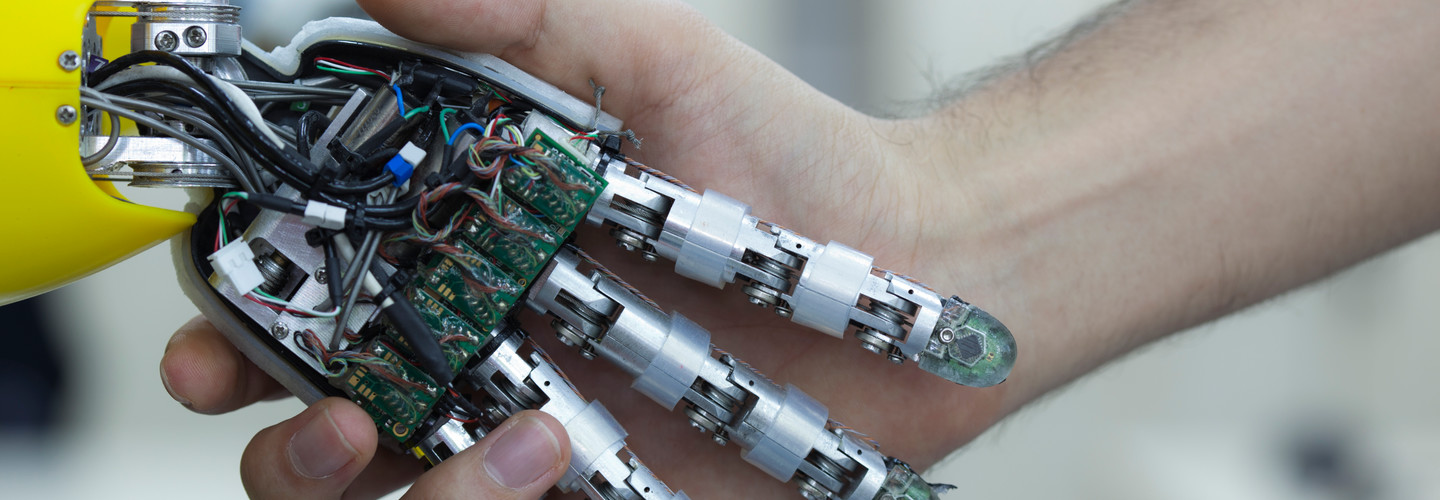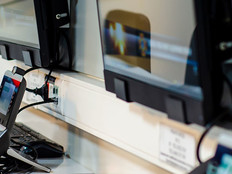Are Drones and Robots the Future of Public Safety?
What do rescue dogs, drones and human-operated robots have in common?
If you ask developers of the Smart Emergency Response System (SERS), they would say that collectively these assets have the potential to strengthen public safety by reducing emergency response time, minimizing risks during a disaster and much more.
SERS was one of 24 projects on display last week at the SmartAmerica Expo in Washington, D.C.
“The system includes human first responders, heterogeneous ground and aerial autonomous vehicles, human-operated telerobots, and trained search and rescue dogs,” according to MathWorks, one of nine organizations working on the project. “It is aided with real-time sensors, help request apps, optimized resource deployment, real-time visualization, and robust communication using diverse network types.”
As part of the SERS team, Worcester Polytechnic Institute (WPI) is providing its humanoid robot to demonstrate how it can assist humans responding to natural and man-made disasters. WPI's Atlas Robot for Nonconventional Emergency Response, or WARNER, is 6 feet 2 inches and weighs 330 pounds. WPI also will compete in the next round of the Defense Advanced Research Projects Agency (DARPA) Robotic Challenge to showcase WARNER’s capabilities.
How SERS Works
The brain of the system is a mission control center that receives help requests from victims via a mobile app that the Massachusetts Institute of Technology Media Lab developed, said Justyna Zander, the team leader for SERS.
The mission control center also receives surveillance data from multiple sensors attached to drones and rescue-dog suites as well as from first responders and other sources. That information is processed using advanced optimization algorithms and high-performance computing that run millions of possible rescue scenarios and create the most efficient mission plan based on the data.
The plan is to make the SERS software available for download online at the MathWorks MATLAB Central in the coming weeks and to include video scenes that demonstrate how to use each software component, Zander said.
But it can be challenging to wrap your mind around a system that has many components and has not yet been deployed in a real-world environment. Here’s a short video that explains how SERS works.








